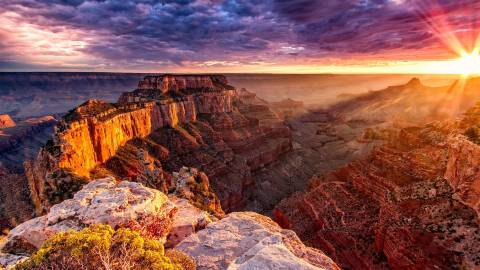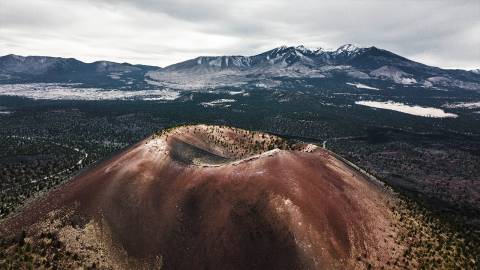Become a Virtuous Visitor
Take part in responsible tourism among Flagstaff's Great Wonders.
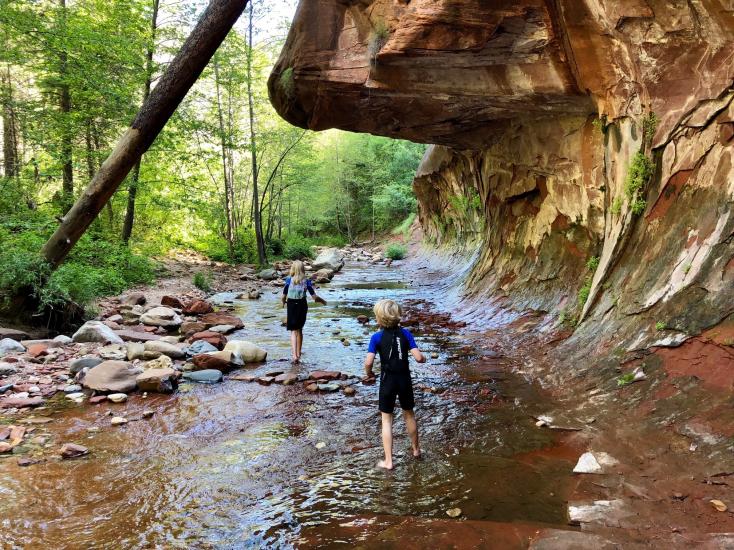
About five years ago, the seismic shift of adventure travel in the Internet Age arrived to me. It happened when a younger cousin of mine from New Jersey traveled to Flagstaff, and I joined him on a canyoneering expedition. Having never set foot in the hardscrabble topography of our destination, he already knew routes, GPS coordinates, gear needs and difficulty ratings. In some instances, he knew more than I did, an adventuresome local, through his Internet research. This unfettered access to information has only expanded in recent years.
“With technology and social media, everyone knows everything about everything now,” said Craig Janicki, Flagstaff monuments Chief Ranger for Visitor and Resource Protection. “If someone posts a photo of an area that is closed with a GPS marker, we might have a 100 to 200 people trying to get to that location.” Considering the attractions that form the Seven Wonders of Flagstaff, the impact of technology has merged with ever-present, ongoing challenges. When exploring these wild places, it has become more important than ever to take responsible actions.
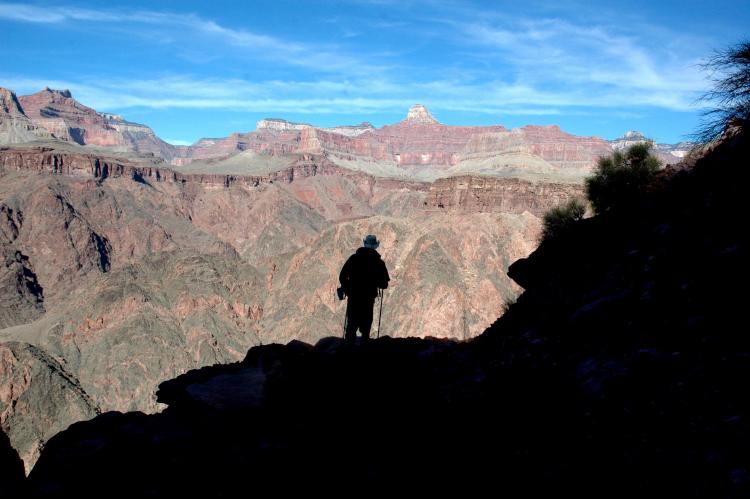
A backpacker makes his way down the South Kaibab Trail, just past the Tipoff and heading into the Inner Gorge.
1. The Grand Canyon
As one of the world’s greatest landscapes, the Grand Canyon National Park knows tourism well. The 277-mile long and mile-deep gorge with more than a billion years of geologic history on Technicolor display has drawn visitors since the park’s founding a hundred years ago this year. However, visitation numbers have recently surged to 6.3 million. More than ever, responsible tourism has become a must. “Visitors have an important role to play in being respectful of the environment and helping to preserve the fragile resources of the park,” said Grand Canyon spokesperson Jan Balsom. “Getting too close to wildlife is a big concern. Another negative impact relates to sound. Soundscape is important so that all our visitors can experience the sounds of the canyon—without the intrusion of yelling and yodeling, for example.”
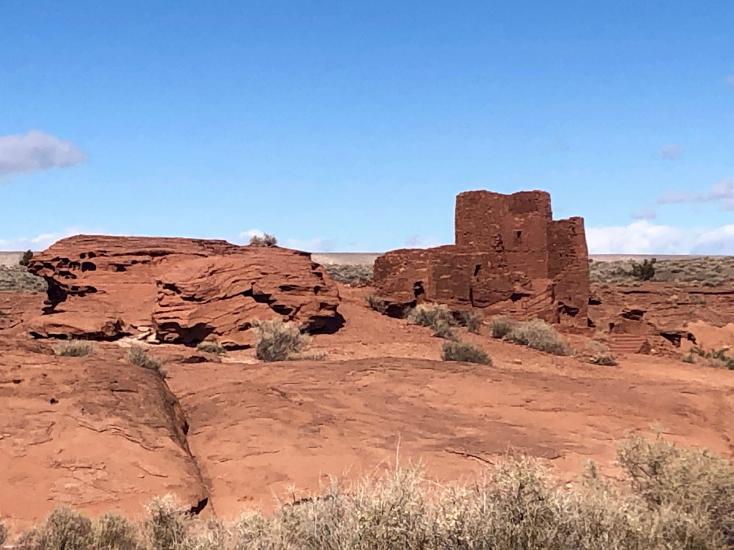
2. Wuptaki & Walnut Canyon
Flagstaff is blessed with world-class archaeological sites in Wupatki and Walnut Canyon. The monuments welcome visitors to explore ancient pueblos. These natural museums have long been threatened, and both gained protections to stop looting around a century ago. Visitors who seek out these wonders tend to be respectful, but the Park Service asks for continued diligence. “Off-trail hiking is often a big issue,” Janicki said. “Backcountry at all three monuments is closed to the public. Interaction with dwellings and sacred sites is also important for visitors to remember—not touching, leaning or climbing on the walls.”
Technology brings other issues. “Drones are big problem right now,” Janicki said, and noted that “all park units are closed to drone use.” Janicki and other officials also have concerns of how geo-tagging—sharing the specific location of a photo and making it map-able—can lead to crowding. Consider #nowhere or #nogeotag hashtags instead.
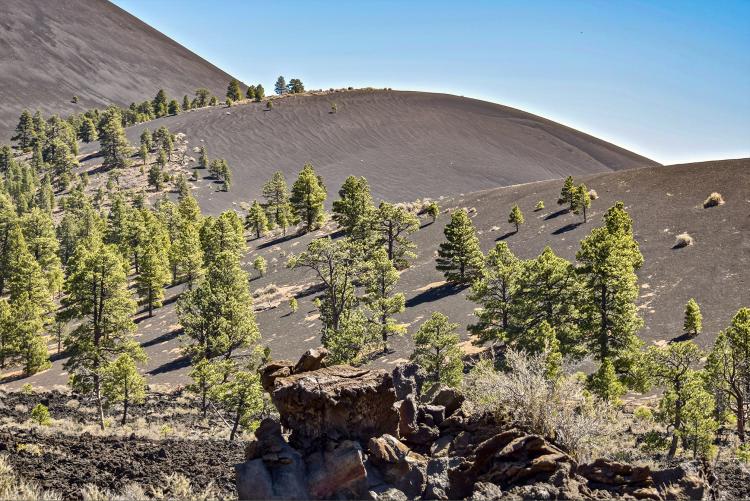
3. Sunset Crater Volcano
Less than a thousand years ago, Sunset Crater became the area’s last volcanic eruption. It has been protected as a monument, with its remains like a natural science experiment. Here, visitors can learn about the anatomy of a cinder-cone volcano. For preservation, Park Service staff stresses staying on trails and roads. “With the cinders, off-trail traffic breeds more off-trail traffic,” Ryan Carpenter, one of the lead rangers with the monuments, shared. “If someone goes illegally off-road, those two tracks are going to be there a long, long time.”
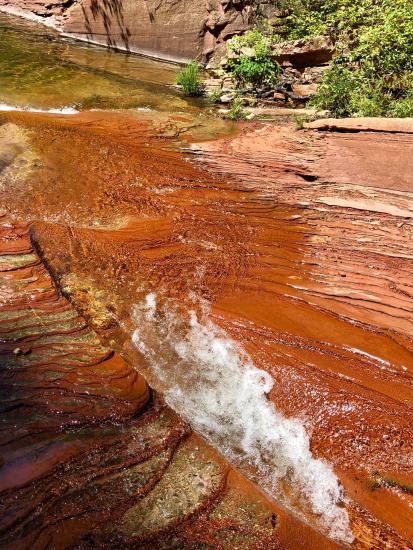
Places such as West Fork in Oak Creek Canyon are sensitive habitats that are home to many plants and animals.
4. Oak Creek Canyon
Oak Creek Canyon draws visitors regionally and beyond. As a spring-fed creek in a deep and forested canyon with easy access, the creek and its gorge sparkle as a gem on the map. But that draw has its impacts. “Due to the popularity, water quality in Oak Creek can become polluted fast in small, crowded areas,” said Coconino National Forest spokesman Brady Smith. “Human waste, pet waste, and trash all contribute to high levels of bacteria and viruses … Visitors should use restroom facilities, clean up after their pets and pack out whatever they packed in.”
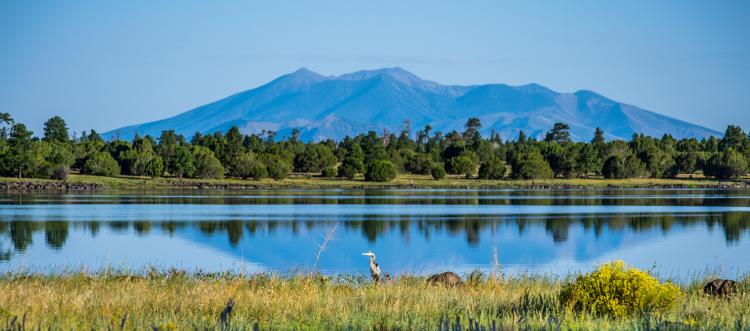
5. San Francisco Peaks
The Kachina Peaks Wilderness is a protected ecosystem of the San Francisco Peaks. It has 941 acres of alpine tundra from 10,600 feet in elevation up to Humphrey’s Peak—Arizona’s tallest at 12,663 feet. “This is the only alpine tundra and area of bristlecone pine on forest service land in Arizona and is one of the southernmost extents of alpine tundra in the continental United States,” Smith said. It is important for visitors to stay on trails and observe closures to preserve endemic flora and protect endangered species. The Peaks are sacred to 13 regional tribes, as well.
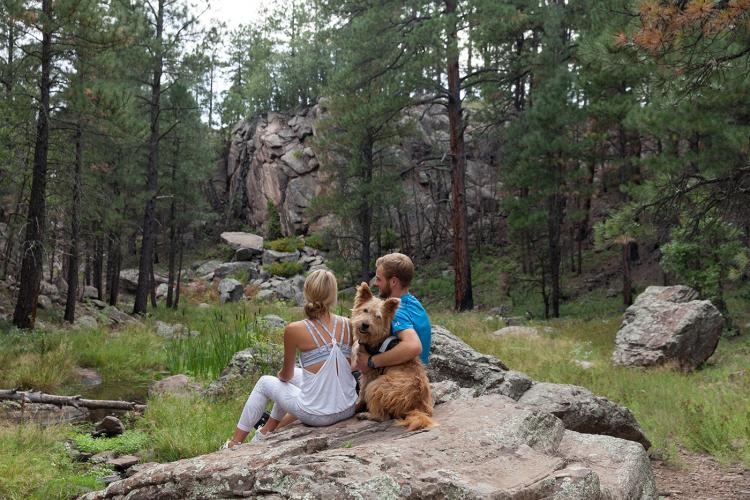
6. Coconino National Forest
The Coconino National Forest remains a recreational playground for many visitors. It is studded with numerous trails, natural features and rare treasures. The forest was established in 1908, primarily to manage a major swath of the world’s largest and contiguous ponderosa pine forest. More than a hundred years later, forestry has given way to extensive recreation use. The primary importance of responsible visitation involves fire. “Abandoned campfires and trash are the most significant impacts every year,” Smith said. “When campers plan on having a fire, they need to ensure they bring an adequate amount of water to extinguish their campfire until it’s cold to the touch.”
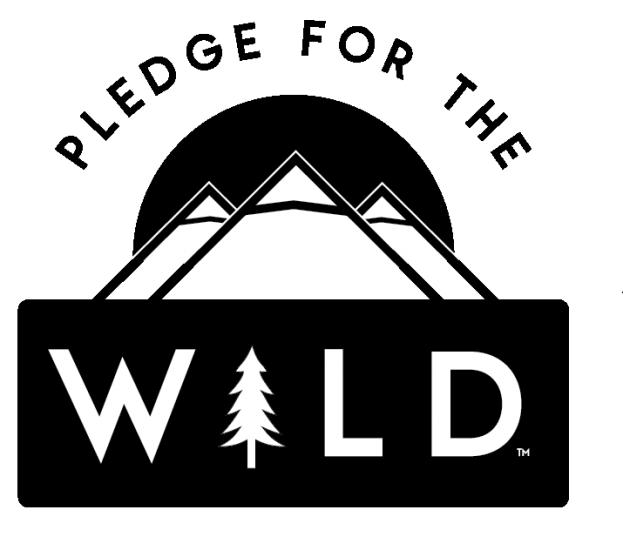
After a satisfying Flagstaff adventure, consider giving back with a small donation to the Flagstaff Trails Initiative: pledgewild.com

